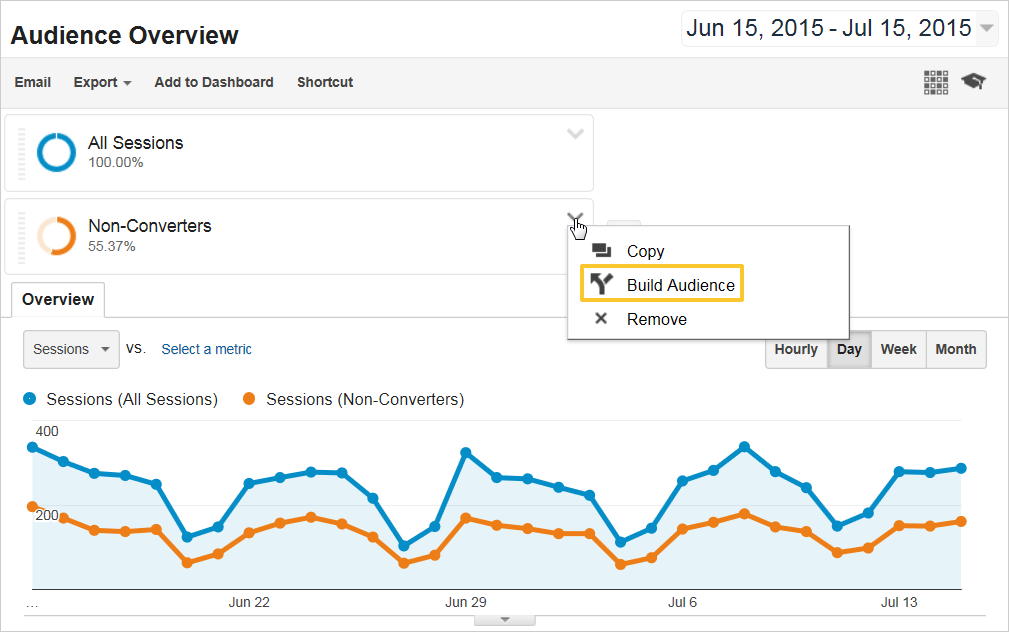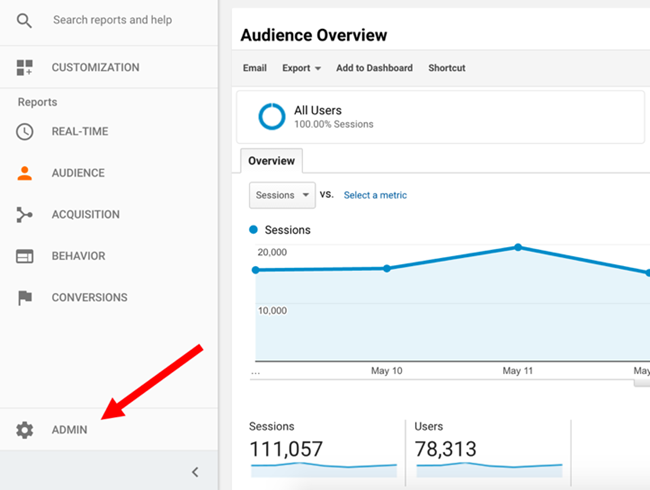Enhancing Your Campaigns with Remarketing In Google Analytics
Enhancing Your Campaigns with Remarketing In Google Analytics
Blog Article
Maximize Your ROI With Remarketing in Google Analytics
By utilizing the power of customer data and customizing ads to details target market sections, businesses can dramatically enhance their conversion rates. The journey to maximizing ROI with remarketing is a nuanced path led with understandings and opportunities that can reshape the trajectory of your advertising and marketing endeavors.
Understanding Remarketing in Google Analytics
Comprehending remarketing in Google Analytics is vital for enhancing your electronic marketing technique. Remarketing enables you to target users that have formerly seen your site or communicated with your app, offering them with customized advertisements as they browse various other websites or utilize various other applications within the Google Display Network. This technique aids maintain your brand name top of mind and urges users to go back to your site, eventually enhancing the likelihood of conversion.
By making use of Google Analytics, you can track the efficiency of your remarketing projects, obtaining valuable insights into individual behavior, involvement, and conversions. This information allows you to improve your targeting, messaging, and bidding strategies to improve the overall efficiency of your campaigns.
In addition, comprehending the different kinds of remarketing lists offered in Google Analytics, such as typical, dynamic, and similar target markets, allows you to produce tailored and highly segmented campaigns customized to details user sections. This degree of granularity can substantially improve the significance and effect of your remarketing initiatives, inevitably optimizing your roi.
Establishing Up Remarketing Checklists
To properly carry out remarketing projects in Google Analytics, the first step entails configuring and developing remarketing lists targeting particular user sections based upon their interactions with your site or app. By setting up remarketing lists, you can tailor your advertising initiatives to get to individuals that have currently shown passion in your services or items.
To start, navigate to the Admin section of your Google Analytics account and choose the Home where you intend to develop the remarketing list. Under the Property column, click on 'Audience Definitions' and select 'Audiences.' Next off, click the red 'New Target market' switch and pick 'Produce New' to define the specifications for your remarketing checklist.

Crafting Efficient Remarketing Ads

When crafting your advertisements, emphasis on developing eye-catching headlines and compelling visuals that stand out to prospective clients. Integrate solid calls-to-action that urge users to review your site and finish a wanted action. web link Make use of dynamic remarketing to reveal customized advertisements featuring services or products that individuals have previously watched on your website.
Additionally, guarantee that your ads are mobile-friendly given that a substantial section of internet website traffic comes from smart phones. Examination different advertisement variants to identify which designs and messages drive the best results. By continually refining and enhancing your remarketing advertisements based upon performance data, you can maximize their efficiency and improve your roi.
Analyzing Remarketing Performance

Through Google Analytics, marketing professionals can track the performance of their remarketing projects in real-time, permitting them to recognize trends, patterns, and areas for enhancement promptly. By examining the information, marketing experts can determine which ads are carrying out well, which target market sectors are responding favorably, and which networks are driving the most conversions. This level of granularity makes it possible for marketing professionals to make data-driven decisions to enhance their remarketing advocate better outcomes.
Maximizing ROI With Remarketing
Analyzing remarketing data in Google Analytics enables marketers to pinpoint opportunities for optimizing roi (ROI) via strategic modifications - What Is “Remarketing” In Google Analytics?. To make best use of ROI with remarketing, it is important to recognize the actions of your audience. By analyzing user interactions, such as the pages they saw, the items go to my blog they watched, or the actions they handled your website, you can customize your remarketing projects better
Segmenting your audience based on their habits allows you to produce customized and targeted advertisements that are more probable More about the author to reverberate with them. By showing relevant ads to details sections of your target market, you can raise the opportunities of conversion and inevitably boost your ROI.
Moreover, testing various ad creatives, messaging, and offers can help identify what resonates ideal with your target market. A/B testing permits you to experiment with different elements of your advertisements to establish what drives the highest possible involvement and conversion rates.
Verdict
In final thought, making the most of ROI with remarketing in Google Analytics requires a critical technique to examining user habits, segmenting target markets, producing customized ads, and maximizing campaign efficiency. By leveraging data-driven insights and testing different techniques, organizations can improve their remarketing efforts to drive higher interaction and conversion rates. This systematic technique guarantees that sources are effectively assigned in the direction of optimizing rois in remarketing projects.
Next off, click on the red 'New Audience' button and pick 'Create New' to specify the criteria for your remarketing list.
By continually refining and enhancing your remarketing ads based on efficiency data, you can optimize their efficiency and boost your return on investment.
By diving right into these insights, marketing experts can gain a thorough understanding of just how their remarketing efforts are reverberating with their target audience and driving conversions. To make the most of ROI with remarketing, it is essential to comprehend the behavior of your target market.In conclusion, making best use of ROI with remarketing in Google Analytics needs a strategic technique to analyzing user behavior, segmenting target markets, developing customized advertisements, and enhancing project efficiency.
Report this page